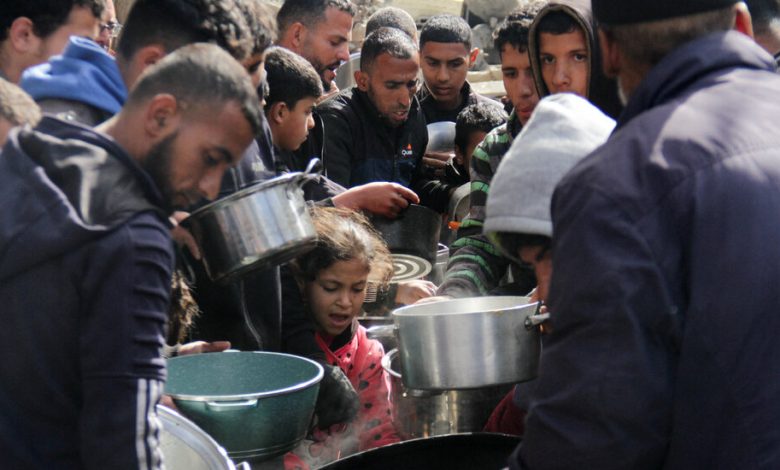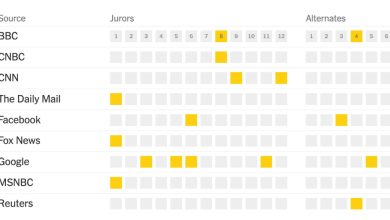Here’s what to know about the hunger crisis in Gaza.

Six months into the Israel-Hamas war, the people of Gaza are facing a hunger crisis that the United Nations says borders on famine.
The crisis in Gaza is entirely man-made, a result of Israel’s war on Hamas and a near-complete siege of the territory, aid experts say. Conflicts were also at the root of the other two disasters in the last two decades that were classified by a global authority as famines, in Sudan and Somalia, though in those countries drought was a also significant underlying factor.
Here’s a look at how Gaza reached this point.
The food shortages in Gaza have been created by Israel’s blockade and military operations.
For years before the latest war, Gaza was subject to an Israeli blockade, backed by Egypt. Under the blockade, humanitarian aid, including food and commercial imports, was tightly restricted. Even so, levels of malnutrition among Gaza’s roughly 2.2 million people were low and comparable to those of countries in the region.
After Oct. 7, when Hamas led a deadly attack on Israel that incited the war, Israel imposed a siege and instituted much stricter controls on what could go into Gaza, stopping anything it believed could potentially benefit Hamas from entering. At the same time, Israel blocked commercial imports of food that had filled Gaza’s shops and markets.
It also bombed Gaza’s port, restricted fishing and bombed many of the territory’s farms. Airstrikes and fighting have shattered Gaza’s infrastructure and forced almost all of its population to flee their homes. That displacement, plus the destruction of businesses and a surge in prices, has made it hard for families to feed themselves.
“The food production system has been completely obliterated, and the lack of entry of emergency aid within a short time has created a free fall,” said Jens Laerke, a spokesman for the U.N. humanitarian office.




